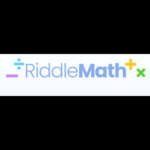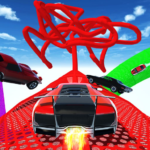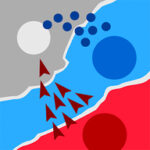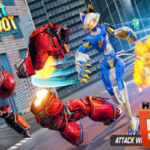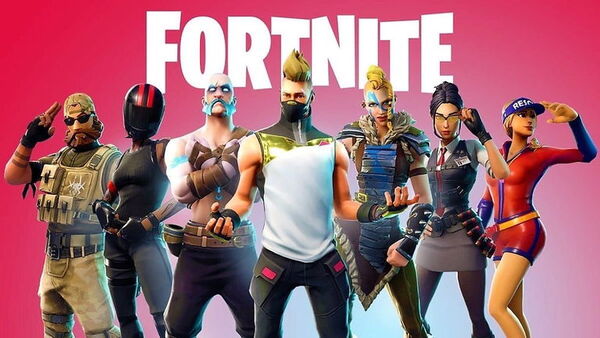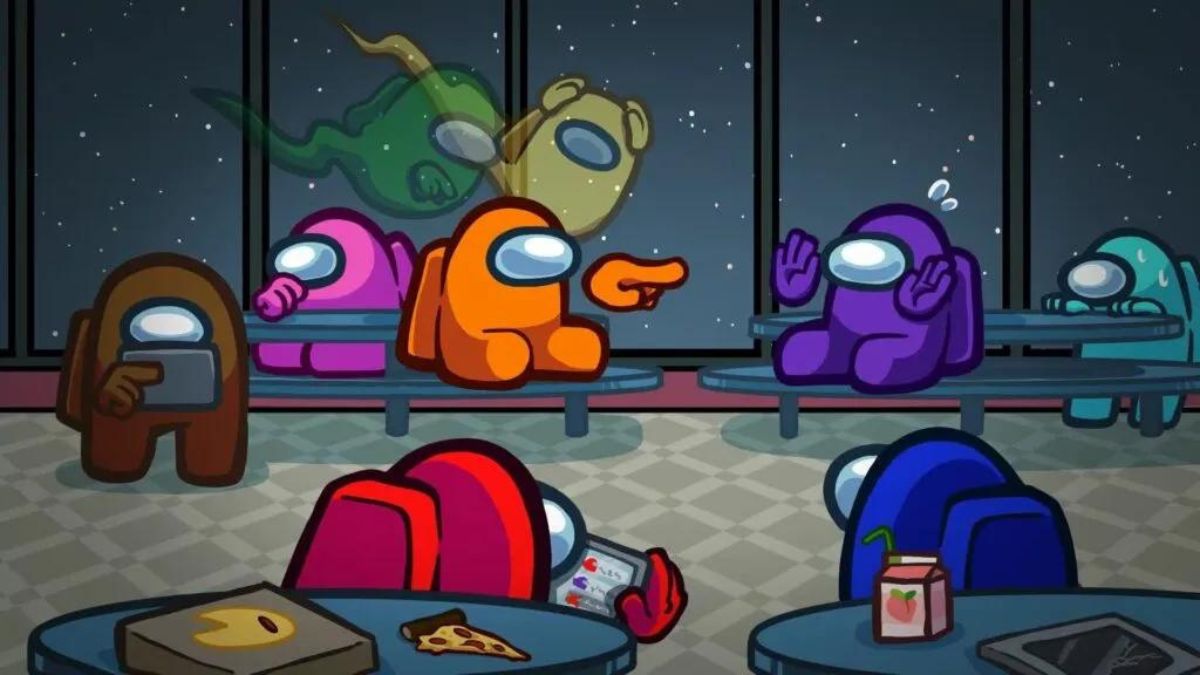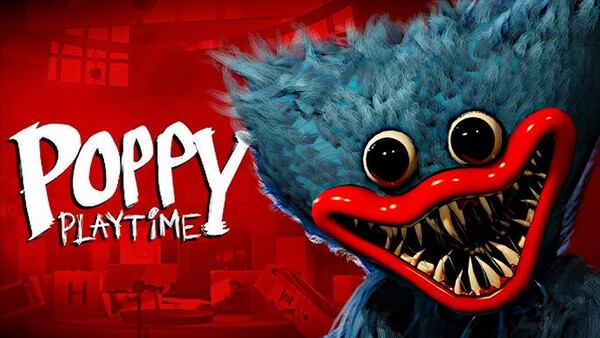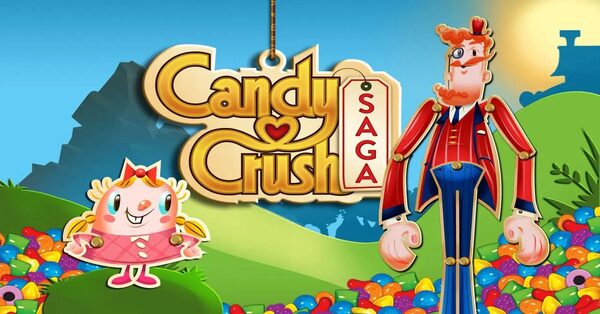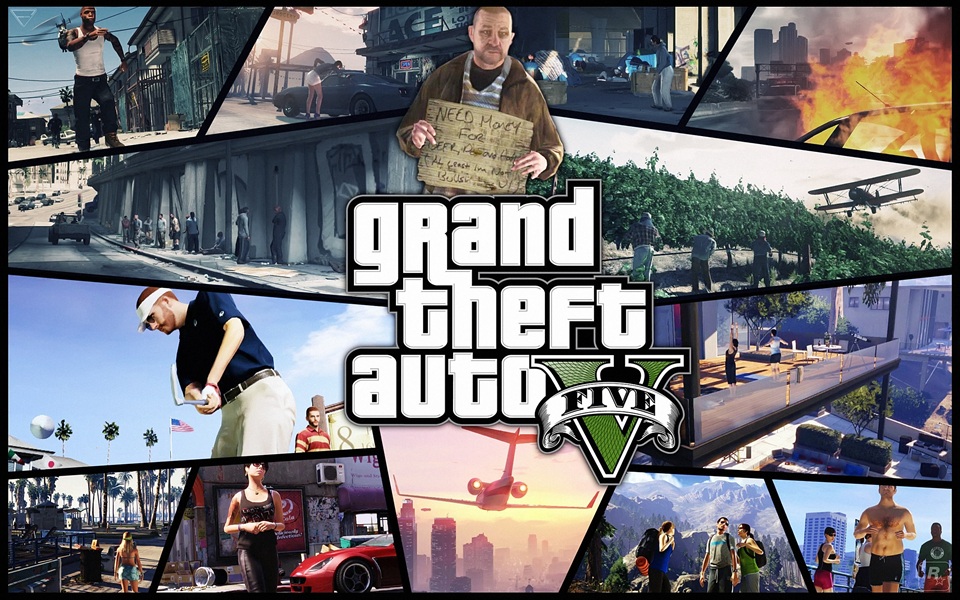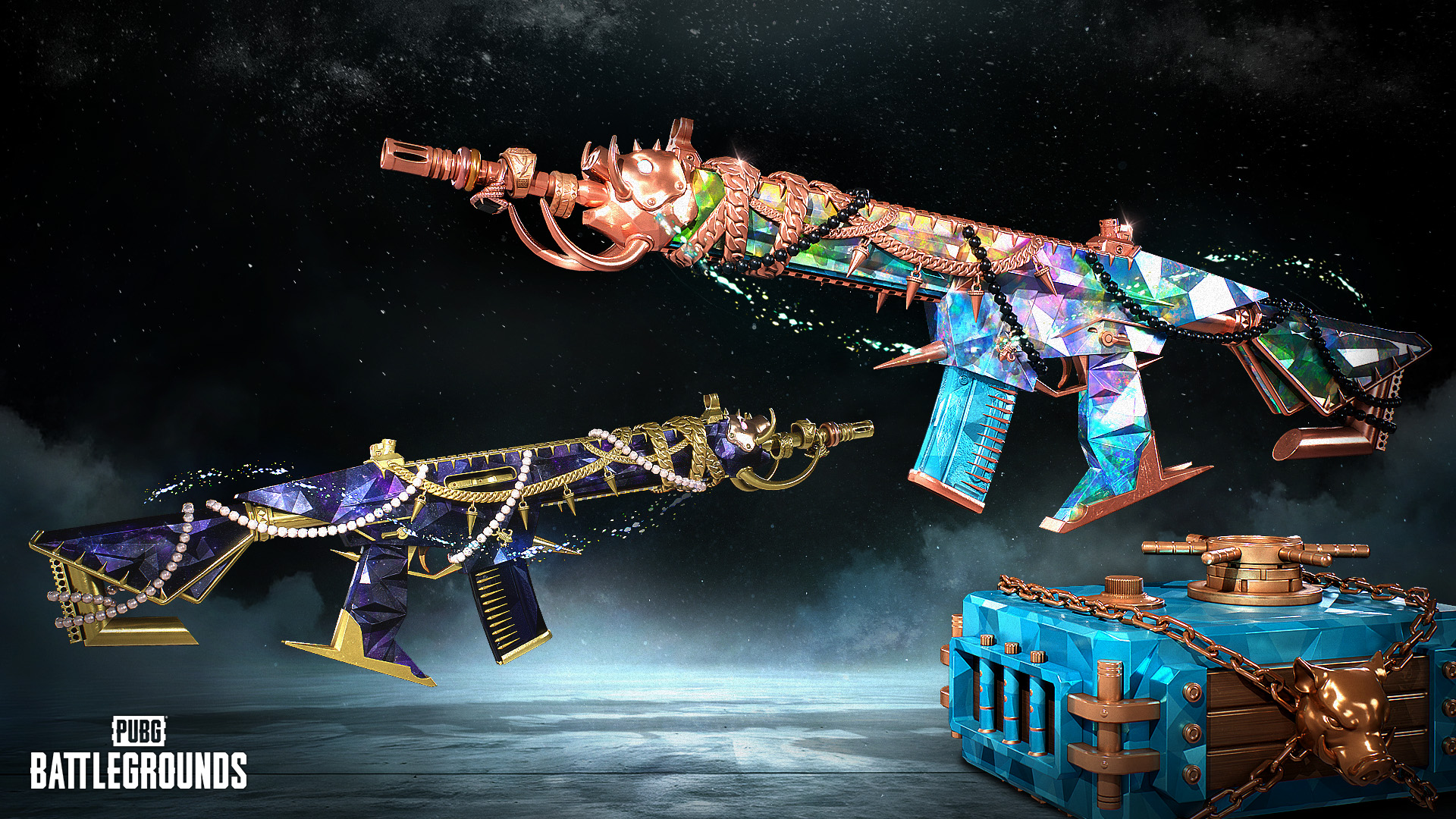Geometry Dash: The Rhythm-Based Platformer That Redefined Mobile Gaming
Geometry Dash is more than just a game—it's a challenge, a rhythm-based phenomenon, and a global community of creators and players. Developed by Robert Topala under his company RobTop Games, this mobile and PC title skyrocketed to fame with its fast-paced action, electronic soundtrack, and unforgiving difficulty. From its humble launch in 2013 to its recent 2.2 update in 2023, Geometry Dash has become a staple of mobile gaming history.
But what makes it so addictive, enduring, and culturally significant? This deep-dive explores the evolution, gameplay mechanics, community, content creation, and impact of Geometry Dash—while offering a detailed expert review.
The Origins and Early Launch (2013)
A Solo Indie Success
Geometry Dash was first released on August 13, 2013, developed solely by Swedish programmer Robert Topala. Inspired by games like The Impossible Game, Topala wanted to create a rhythm-based platformer with one-touch controls and sync-driven gameplay. What began as a simple iOS app quickly became a global hit.
Initially launched with just seven levels, Geometry Dash's tight mechanics, retro aesthetic, and thumping soundtrack immediately appealed to players looking for a challenge.
Growing Popularity Through Frustration and Fun
The game’s appeal lies in its simplicity and punishing difficulty. Players navigate a square-shaped icon through obstacle-filled environments, jumping in perfect time with background music. Failure means instant death and restarting from the beginning—a formula that fueled countless “rage quit” moments… and viral YouTube videos.
Core Gameplay and Mechanics
One-Touch Precision
Geometry Dash is defined by its tap-to-jump mechanic. Despite having just one control, gameplay is anything but simple:
-
Tap once to jump
-
Hold to perform continuous jumps
-
Avoid spikes, saws, and gaps
The player must time every move to the beat of the music, making rhythm as important as reflexes.
Multiple Game Modes
As of version 2.2, Geometry Dash features:
-
Cube Mode: Basic jumping mechanics
-
Ship Mode: Gravity-based flying
-
Ball Mode: Reverses gravity upon tapping
-
UFO, Robot, Wave, Spider: Each with unique movement patterns
This variety keeps gameplay fresh and increasingly complex across levels.
Level Design and Difficulty Curve
From Easy to Insane
Levels in Geometry Dash are categorized by difficulty:
-
Easy (1-2 stars)
-
Normal (3-4 stars)
-
Hard (5-6 stars)
-
Harder, Insane, and Demon (7–10 stars)
The official levels, made by RobTop, increase in complexity and are designed to train players progressively. Some Demon levels are infamous for requiring frame-perfect inputs.
Practice Mode
Every level includes Practice Mode, where players can set checkpoints to learn difficult sections. While this mode removes the pressure of starting over, completing a level in Normal Mode is required to earn rewards.
Soundtrack and Musical Integration
Rhythm at the Core
Music is central to the Geometry Dash experience. Levels are synced to electronic, EDM, dubstep, and techno tracks, many created by artists such as:
-
DJVI
-
Dex Arson
-
Waterflame
-
F-777
Every jump, spike, and portal is placed in harmony with the beat, creating a hypnotic synergy of movement and sound.
Player Connection to Music
The soundtrack has become iconic. Some players discover Geometry Dash music through the game, later streaming tracks on platforms like Spotify and YouTube. The songs also influence level creation, as builders often design around the rhythm and tone of specific tracks.
The Community and User-Created Content
Level Editor: A Creative Playground
One of Geometry Dash’s most revolutionary features is its level editor. Players can build their own levels using in-game tools, uploading them for others to try. These levels include:
-
Decorated layouts
-
Custom object designs
-
Triggers for color, effects, and camera
The editor sparked a vibrant creator community, with some user-made levels rivaling or exceeding the quality of RobTop's official ones.
Featured Levels and Moderation
High-quality community levels are hand-picked by RobTop and featured on the front page. These “featured” or “epic” levels gain visibility, helping creators build followings. This curation has fostered:
-
Level series like Nine Circles, Extinction, and Death Moon
-
Renowned creators like Viprin, Serponge, Zobros, and Giron
Major Updates and the Long Road to 2.2
Key Update Timeline
-
1.0 (2013) – Initial release with 7 levels
-
1.9 (2014) – Introduced level editor expansion and new game modes
-
2.0 (2015) – Trigger systems and a massive graphical overhaul
-
2.1 (2017) – Introduced “Spider” form, new icons, and more demon levels
-
2.2 (2023) – The most awaited update in mobile game history
What 2.2 Introduced
After six years of development, 2.2 brought:
-
Camera control triggers
-
Platformer Mode (free movement rather than auto-scroll)
-
New user interface
-
Daily Streaks, quests, and rewards
-
A new main level: Dash
This update revitalized the community and brought millions of old players back into the game.
Competitive Gameplay and Achievements
Stars, Coins, and Rewards
Geometry Dash has a built-in progression system:
-
Stars: Earned by completing rated levels
-
Secret Coins: Hidden in official levels, unlocking achievements
-
User Coins: In user levels, also required to unlock content
-
Diamonds and Orbs: Used to buy cosmetics or enter challenges
These give players long-term goals and reasons to explore beyond just beating levels.
Demon Levels and Leaderboards
Competitive players chase:
-
Demon completions
-
Hardest levels beaten
-
Top leaderboard spots
There’s also the Geometry Dash Demon List, an unofficial fan site tracking the world’s most difficult levels, such as:
-
Tartarus
-
Slaughterhouse
-
Firework
The Rise of Geometry Dash on YouTube and TikTok
Content Creation Boom
Geometry Dash content has exploded on platforms like:
-
YouTube: With creators like GuitarHeroStyles, Technical, and AeonAir
-
TikTok: For funny fails, impressive completions, and editor tutorials
Videos range from:
-
Gameplay walkthroughs
-
Commentary on updates
-
Memes, reaction clips, and speed runs
Impact on Popularity
This content keeps Geometry Dash relevant and introduces it to new generations of players. It also showcases the game’s skill ceiling, community creativity, and level diversity.
Educational and Cognitive Benefits
What Kids Learn From Geometry Dash
Though not designed as an educational game, Geometry Dash offers several cognitive benefits:
-
Improved reflexes
-
Enhanced rhythm and timing
-
Problem-solving and pattern recognition
-
Persistence and resilience
Some educators even recommend the game for focus training and dexterity development.
Creativity Through Level Building
The level editor nurtures:
-
Design thinking
-
Spatial awareness
-
Event sequencing and programming logic
For younger players, it’s a gateway to game design and storytelling.
Pros and Cons of Geometry Dash
Pros
✅ Addictive, Challenging Gameplay
Instant restart system makes failure feel fun instead of frustrating.
✅ Deep User-Generated Content
Thousands of user levels, with endless variety and replayability.
✅ Level Editor with Professional Tools
Create your own games inside the game.
✅ Powerful Community and Longevity
Over a decade of continuous player engagement.
✅ Iconic Music and Aesthetic
Soundtrack integration is masterful and emotionally engaging.
Cons
❌ No Checkpoints in Normal Mode
Beginners may struggle with restarting from the beginning every time.
❌ Minimal Narrative or Progression
No story or campaign to guide players.
❌ Lack of Native Multiplayer
As of 2025, real-time multiplayer modes are not supported.
❌ Update Delays
Years-long gaps between updates can frustrate fans.
Final Rating and Expert Verdict
| Category | Score (Out of 10) |
|---|---|
| Gameplay and Controls | 9.5 |
| Creativity and Level Design | 10.0 |
| Music and Audio Integration | 9.8 |
| User Experience and UI | 8.5 |
| Content Longevity | 9.7 |
| Accessibility and Learning | 8.0 |
| Update Frequency | 6.5 |
| Overall Experience | 9.2 / 10 |
Conclusion: Geometry Dash Is a Timeless Rhythm-Platforming Classic
In an age of flashy graphics and microtransaction-heavy mobile games, Geometry Dash continues to thrive because of one thing: excellent game design. Its mix of simple controls and brutal challenge keeps players coming back. Its level editor gives users endless freedom. And its rhythm-synced gameplay offers an experience that feels both meditative and thrilling.
With version 2.2 breathing new life into the community, Geometry Dash proves that a single developer with a strong vision can create a game that not only stands the test of time—but evolves with its audience.
Whether you're a beginner stuck on Stereo Madness or a veteran grinding extreme demons, Geometry Dash is more than a game. It’s a test of skill, patience, creativity, and rhythm.













